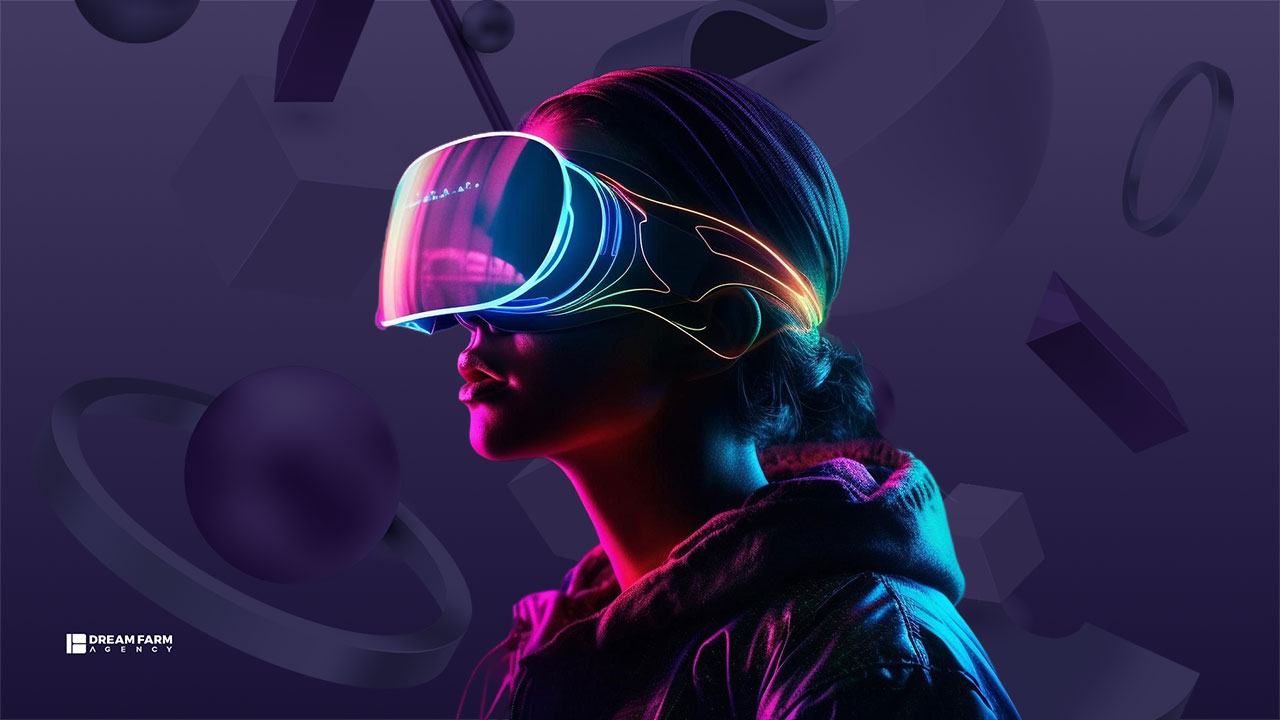
From immersive virtual experiences to personalized content delivery, interactive media trends enable businesses to create memorable user experiences and boost conversions.
In this blog post, you’ll discover the latest interactive media trends in 2024.
1. Interactive 3D Websites
Technologies such as 3D models and 3D animation offer engaging and interactive experiences that capture attention and encourage longer visits and greater interactivity.
Using these technologies on your website can transform the user experience and make it visually appealing.
Websites use micro interaction or are designed in full 3D-interactive format. In some cases, brands use interactivity on one page of the website as a landing page for a campaign. There is a wide range of interactive 3D website styles and technologies.
For a related read, check out: Interactive Website Design
2.Interactive Storytelling
Interactive storytelling is a form of digital engagement where the storyline evolves based on user interactions. Unlike traditional narratives with fixed plots, interactive storytelling allows users to influence the direction and outcome of the story. This approach creates a unique and personalized experience, making the audience an integral part of the story world.
For example, “The Year of Greta” is an illustrated interactive timeline that chronicles Greta Thunberg’s rise from a solo campaigner to the leader of a global movement in 2019.
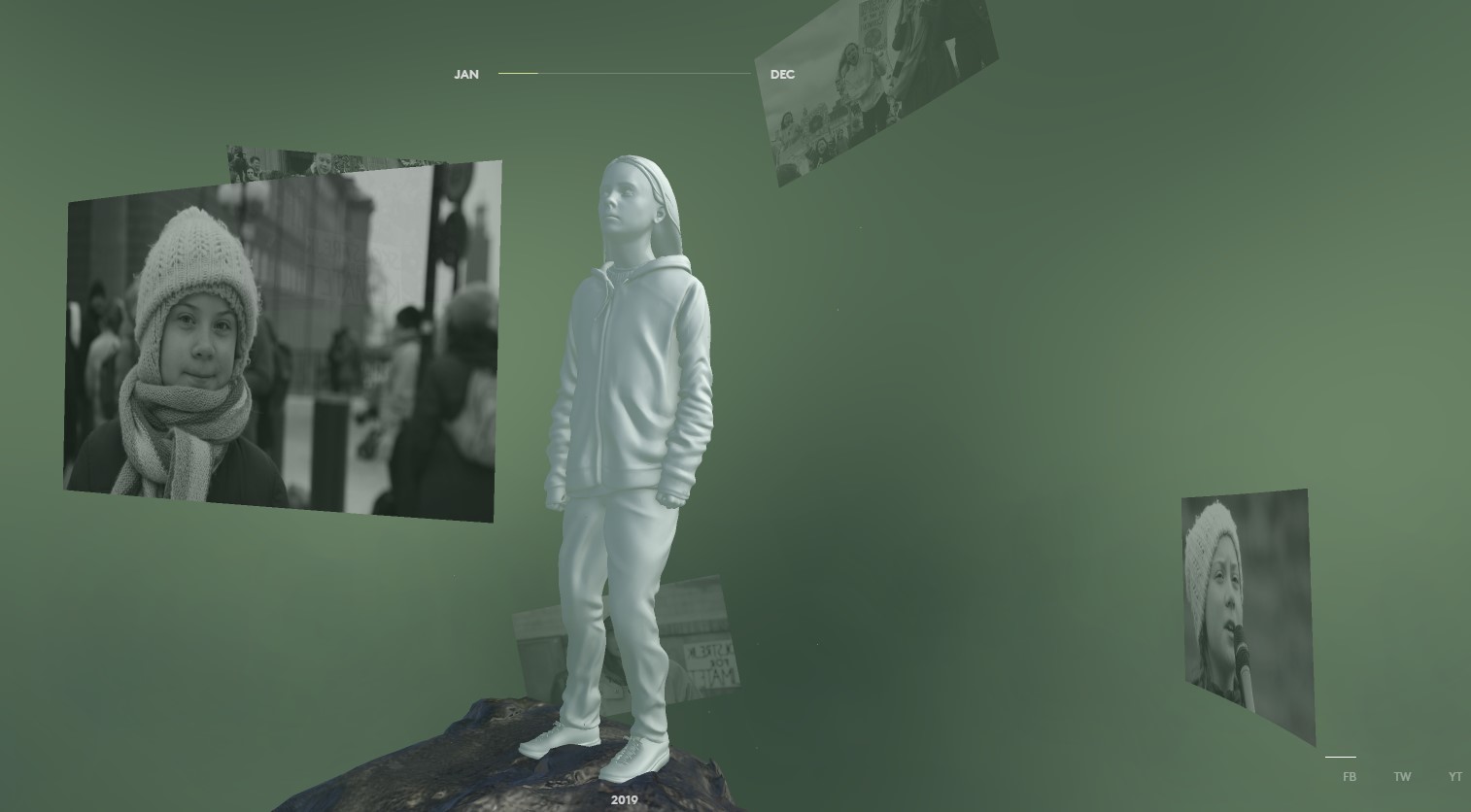
This interactive experience allows users to explore key events, milestones, and the widespread impact of her climate activism in an engaging and informative way.
3.Interactive Exhibits
As another interactive media trend, interactive exhibits transform how viewers engage with displays by encouraging active participation rather than passive observation. Unlike traditional exhibitions, interactive exhibits are designed for immersive knowledge transfer. They use digital technologies to provide deeper insights into the objects on display and their broader contexts.
The “Water, an Unfiltered Exhibition,” which ran from February 15, 2024, to February 16, 2025, showcased the importance of clean water access. This exhibition, part of the International Decade for Action and aligned with United Nations Sustainable Development Goal 6, invited visitors to explore 29 interactive exhibits. This engaging and educational experience aimed to inspire a commitment to a future with water for all.
Attendees discovered the complexities of water availability and use on our planet. The four thematic areas highlighted the contrast between life with and without access to clean water, emphasizing key messages such as the water footprint concept, the necessity of adequate sanitation, efficient water management in cities, and water’s crucial role in ecosystems and biodiversity.
4.Interactive Displays
Interactive displays use cutting-edge technology to create engaging and dynamic user experiences. Unlike traditional static boards, interactive displays offer a user-friendly interface that makes information presentation more captivating and flexible.
For instance, Boston Children’s Hospital partnered with Diversified and NEXT/NOW to create an impressive interactive lobby display. The massive 16-foot high LED wall at the main entrance offers a captivating distraction for visitors. Featuring rainforest, underwater, space, and abstract rainbow scenes, this display uses AI and motion capture technology to create interactive, immersive experiences.
These scenes play on a loop throughout the day, engaging kids, parents, and employees by transporting them to different worlds. This approach provides a much-needed distraction and brings joy and excitement to the hospital environment.
5.Interactive Kiosks
Interactive kiosks are cutting-edge interactive media trends that are changing how we access information and services in everyday settings like stores, workplaces, pharmacies, restaurants, and theme parks. An interactive kiosk is a digital system with a touchscreen that offers self-service access to various applications and information.
These kiosks combine hardware like a Panel PC with specialized software to enable multiple functionalities. Unlike digital kiosks, which only provide one-way communication, interactive kiosks emphasize two-way interaction, allowing users to engage with the content through touchscreens and other interactive elements.
One example is Miami’s IKE project, where the city installed over 100 interactive touchscreen kiosks in different neighborhoods. These kiosks offer directions, locate places, promote local businesses, and provide valuable information. They also feature an emergency button to call 911, adding a layer of safety.
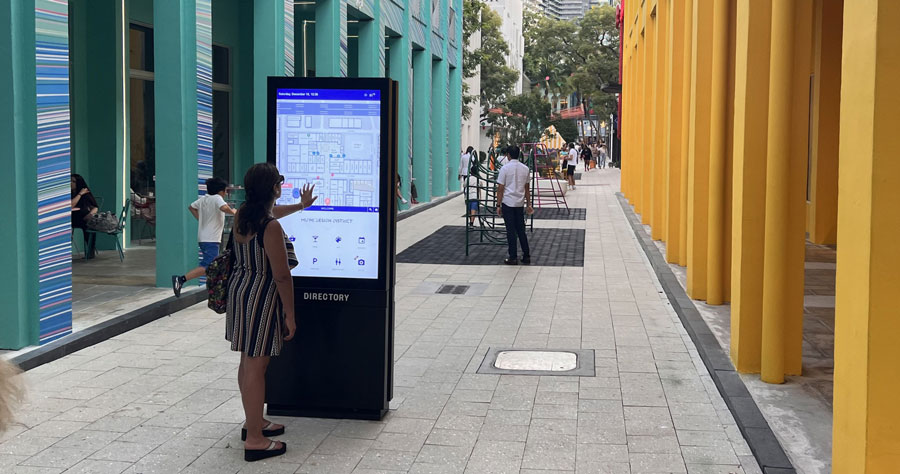
6. Interactive AR/VR Experience
Interactive AR/VR experiences use augmented reality (AR) and virtual reality (VR) technologies to transport users into digitally enhanced worlds where they can interact with content in unprecedented ways.
Examples
A renowned restaurant was struggling to engage its customers with their traditional paper menu. Despite offering a variety of delicious dishes, the static menu failed to capture the imagination of their diners. The restaurant wanted a unique and interactive way to showcase their offerings, enhance customer experience, and stand out in a competitive market.
We developed an AR menu that could be accessed through customers’ smartphones. By scanning a QR code placed on the table, diners could see 3D models of each dish, complete with detailed descriptions, ingredient lists, and nutritional information. This interactive menu not only made the ordering process more engaging but also helped customers make more informed choices.
The de Young Museum in San Francisco launched the “Fashioning San Francisco: A Century of Style” exhibition in January 2024. Partnering with Snap Inc., the creators of Snapchat, the museum offered visitors an interactive VR experience to try on three distinct evening wear ensembles virtually.
This interactive installation allowed guests to explore fashion pieces by renowned designers such as Yves Saint Laurent, Valentino from Italy, and the locally celebrated clothing artist Kaisik Wong.
These technologies captivate audiences and provide valuable insights and memorable experiences that enhance engagement and loyalty.
7.Interactive Product Shopping
As a significant interactive media trend, this approach transforms how consumers engage with products online. This trend uses various technologies to create immersive shopping experiences. The tools allow customers to interact with products virtually, providing a richer and more engaging shopping experience than traditional online methods.
The Adidas Chile website is an Example of Interactive Product Shopping. The product is in 3D shape, and the user can navigate or zoom in to view and choose available options.
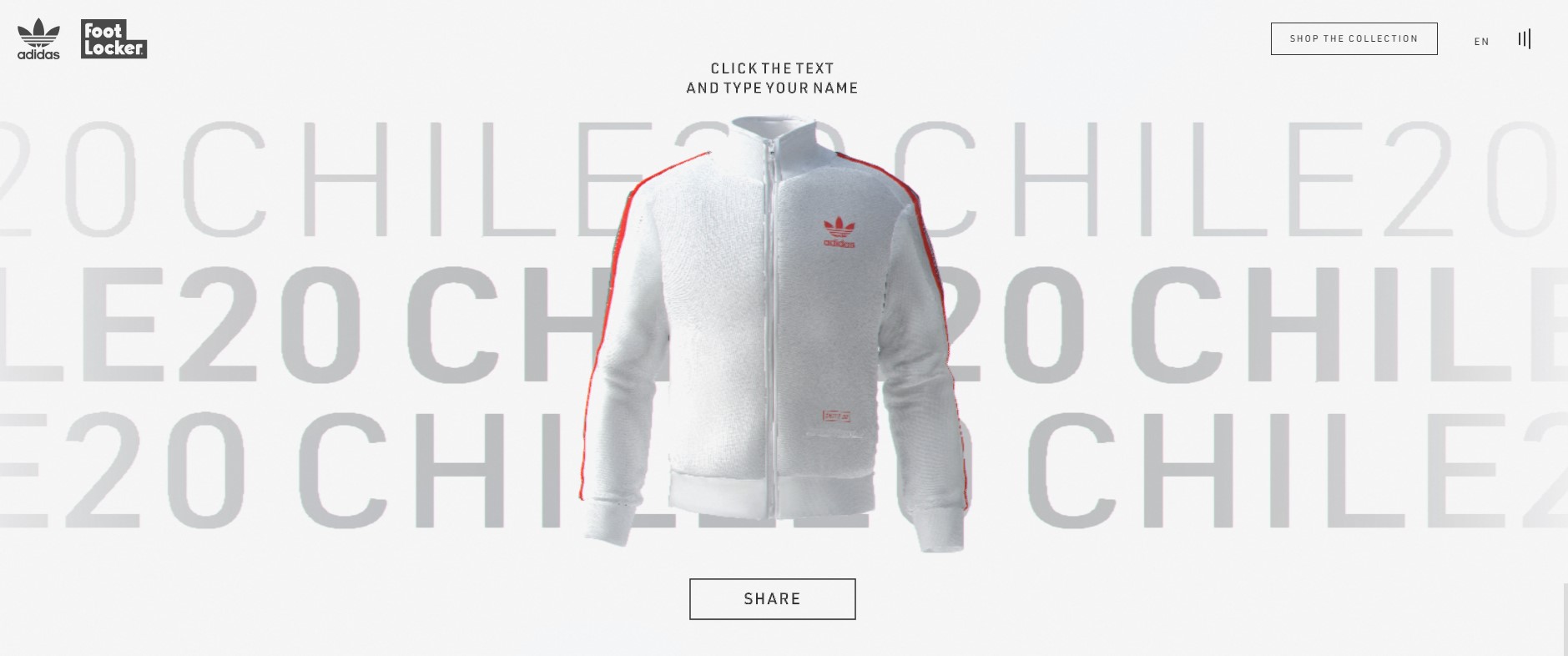
8.Interactive 3D Configurators
Interactive 3D configurators, as another interactive media trend in 2024, allow users to customize products, such as cars or furniture, in a dynamic and immersive virtual environment. Unlike traditional configurators that rely on static images or limited options, 3D configurators enable real-time adjustments of colors, materials, and features, providing a highly interactive and personalized user experience.
This is a 3D Configurator Example we developed in Dream Farm Agency. Click and use it!
Another example, Build with Ferguson uses interactive 3D product previews to sell home improvement items. Shoppers can view faucets in 3D, hover to enlarge them, scroll through color options, and see different backgrounds and functions. This interactivity makes the site more engaging and helps customers make informed decisions.
Similarly, BMW’s AR-enhanced luxury car configurator transforms customer engagement in the automotive industry. This technology allows users to customize vehicles in real-time, adjusting colors, trims, and interiors to create a personalized experience. By offering a virtual showroom environment, BMW appeals to both car enthusiasts and potential buyers who prefer digital interactions.
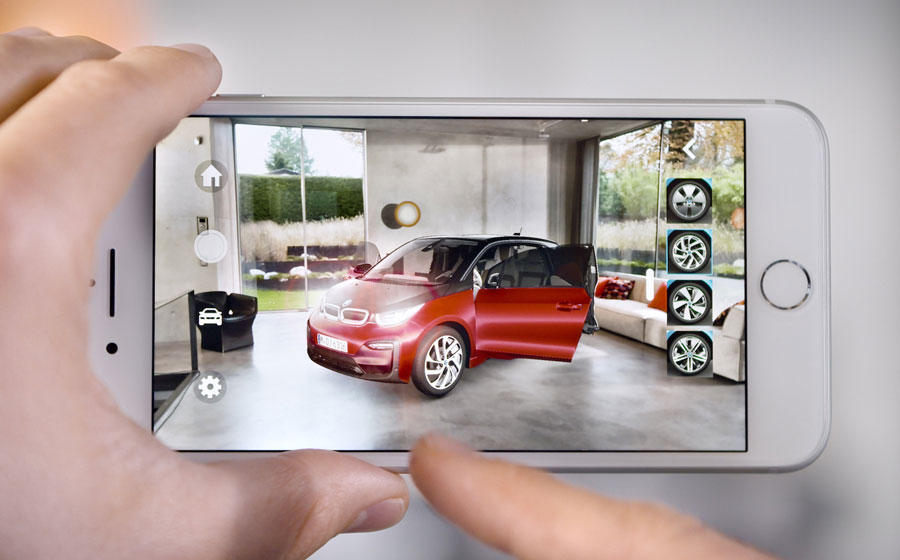
With technological progress, interactive 3D configurators can now be seamlessly integrated into everyday websites. This opens up new possibilities for businesses of all sizes to enhance their online shopping experiences with interactive features that were once considered out of reach.
At Dream Farm Agency, we offer interactive 3D design services by creating engaging and immersive experiences for your users. Whether you want to incorporate detailed 3D models, dynamic animations, or interactive configurators, our team has the expertise to make it happen.
Contact us today to learn how we can enhance your interactive media strategy and transform your business. We welcome your comments and are excited to work with you on your journey to digital excellence.
and, For a related read, check out: Interactive Media Examples

Fareena
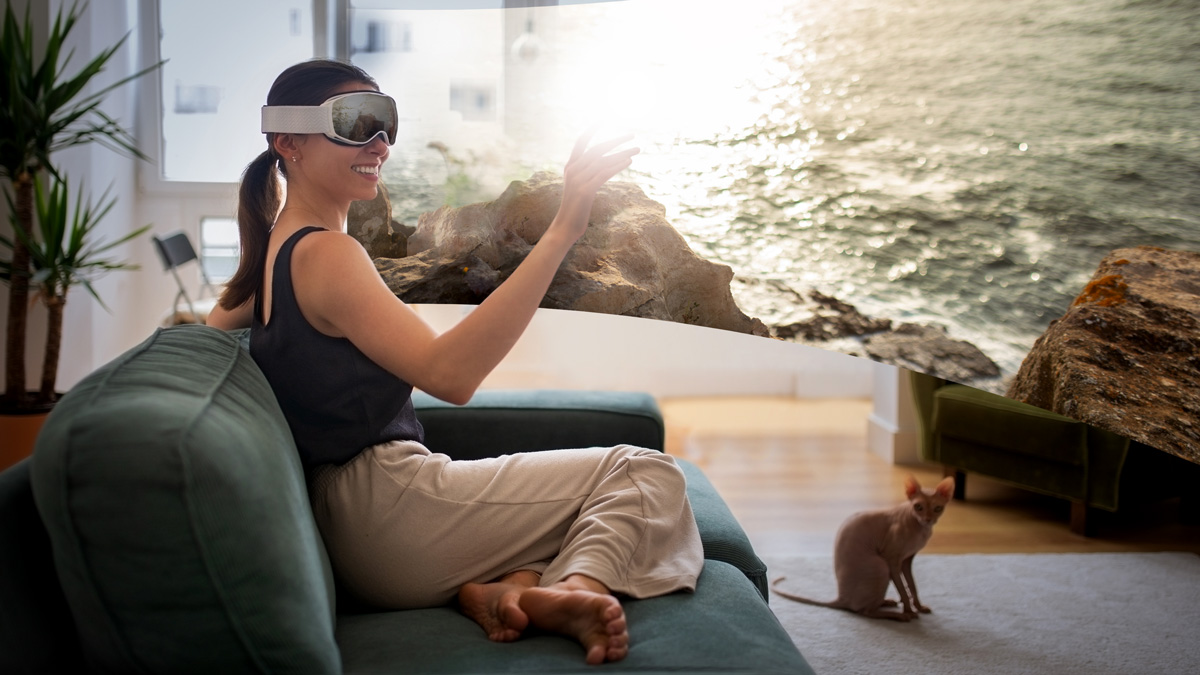
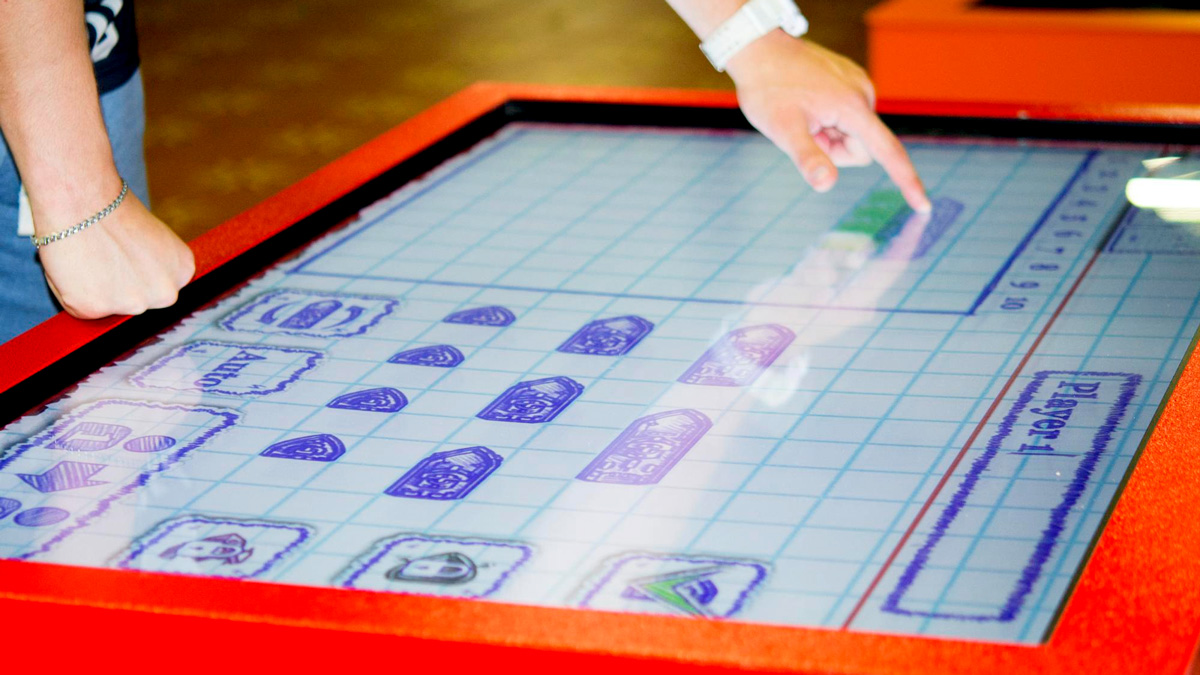

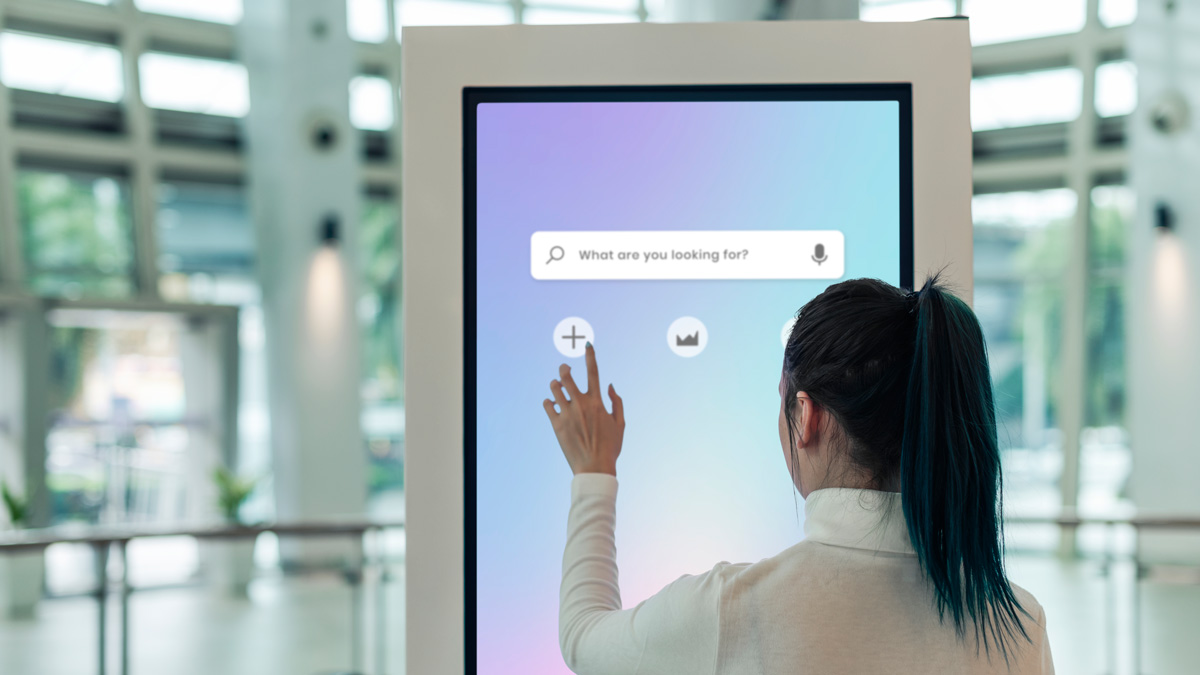
I’m curious, what are the typical costs for creating interactive 3D websites and AR experiences specifically for the retail and hospitality sectors?
Costs vary widely; please fill out your contact info and project details on https://dreamfarmagency.com/contact-us/ for a tailored quote.